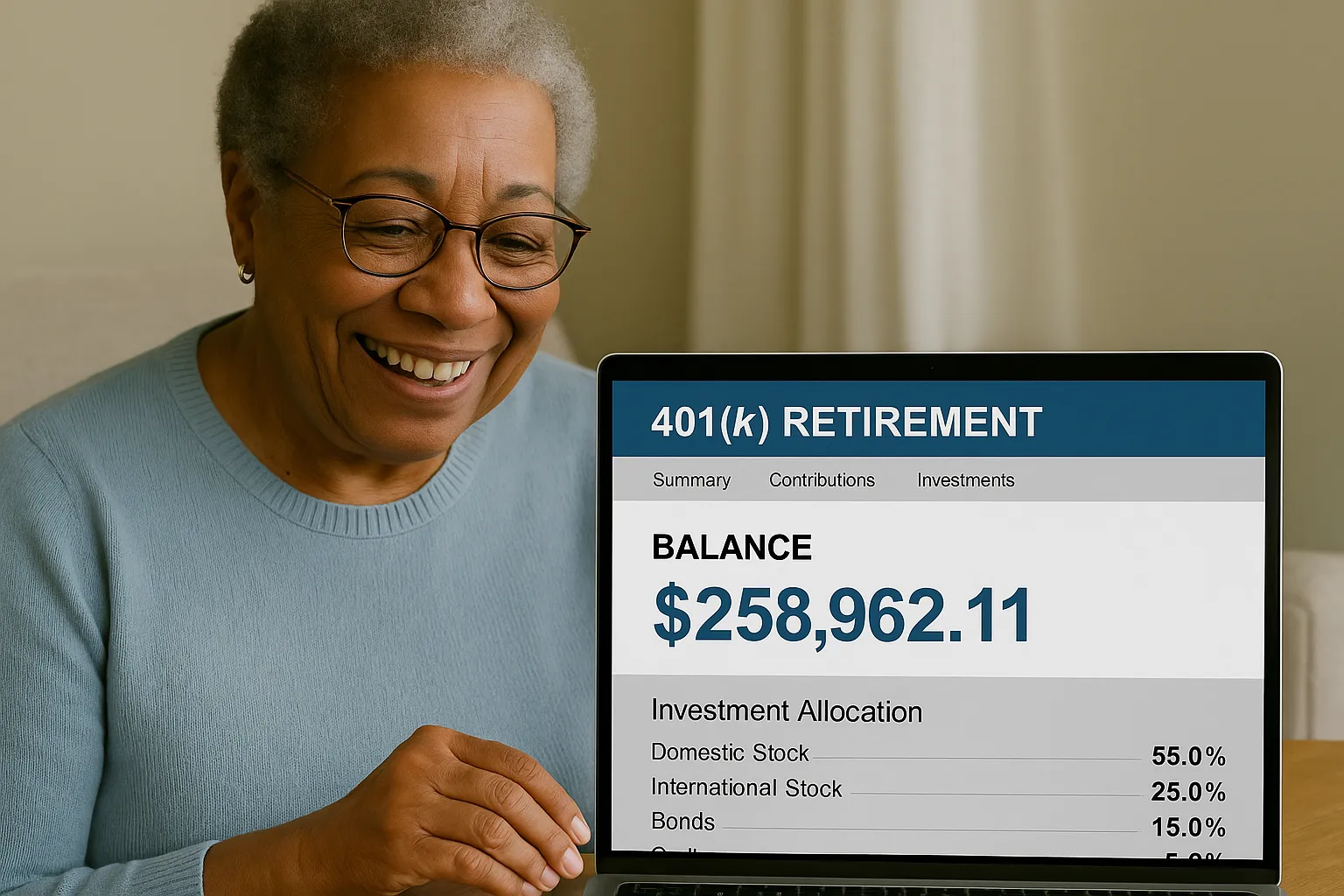By: Pamela Martinez, JBS Corp.
Children are encouraged to dream big, shoot for the stars, and pursue careers such as physicians, lawyers, financial planners, etc. However, the reality is that few children will ever meet a professional in such a field that looks like them. The unfortunate truth is that such inspirational language isn’t sufficient for minority children to believe they, too, can be successful. When exposed to a world whose prosperous population consists of predominately middle-class white men, it subconsciously becomes apparent to minority children that successful people don’t look like them; therefore, they cannot be successful. Sounds like an absurd fallacy, right? But what can we expect when representation lacks diversity.
A glance at the statistics on positions held by minorities in occupations such as physicians, lawyers, and financial planners, exemplifies the lack of diversity in these fields and the message relayed to the youth:

The above graph comprises information from a 2017 Report on Diversity In U.S. Law Firms conducted by the National Association for Law Placement (NALP). With Black and Latinx representing less than 8% of attorneys, the report illustrates that minority men and women remain wildly underrepresented at both the partnership and associate level in law firms across the U.S.
Underrepresentation doesn’t end there. A 2018 report of all active physicians by race/ethnicity released by the Association of American Medical Colleges (AAMC) revealed that only 5% of the nation’s physicians are Black, and 5.8% are Latinx.
And the percentage of Black and Latinx Certified Financial Planners (CFP) in the U.S. is meager at less than 3.5%. A 2018 research study conducted by the CFP Board Center for Financial Planning found that 80,000 CFPs in the U.S. 1,200 (1.5%) are Black and 1,500 (1.8%) are Latinx. The same research found that 58% of prospective Black and Latinx financial planners never seriously considered it a career path—the reasoning for this simple; lack of diversity and exposure to the industry.
“Fewer than 3.5% of all financial planners in the U.S. are Black or Latinx. With only 1,500 Latinx financial planners in a country with over 330 million, when we look for our own people to help with financial planning, we are unlikely to find it.” – Kara Perez.
This same statement can be applied to every industry deficient in diversity. When we look for doctors, lawyers, politicians, engineers—to name a few—that look like us, the odds of finding one are slim. Our need for representation, awareness of its absence, and our desire to change the workforce; shows that we are moving in the right direction. There is hope for younger generations to succeed in fields once inconceivable to our ancestors.
The most significant measure in shaping the future for a truly diverse workforce is exposing minority children to successful professionals who look like them. They need to see it in action to understand these opportunities are attainable. It all starts with us. Minorites currently make up approximately 40% of the U.S. population, and by 2044 the U.S. population is expected to become majority-minority. That means diversity in the workforce will be the new norm, and we need to start exposing our future leaders to their soon-to-be normal.




